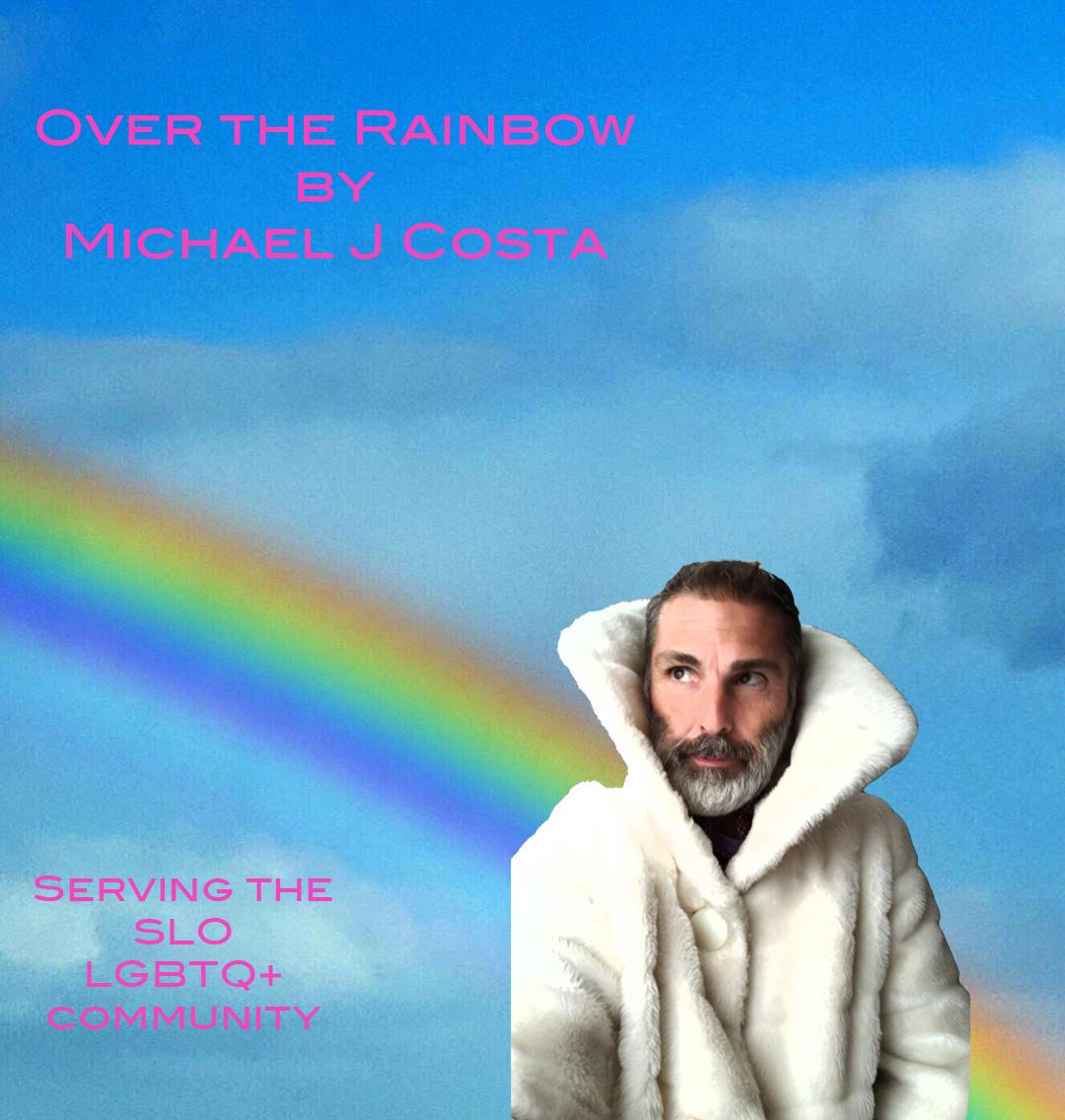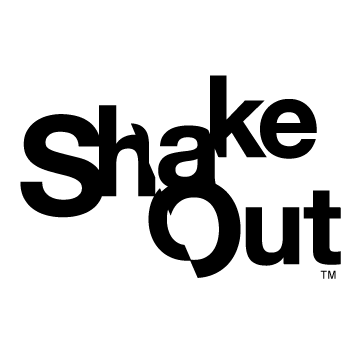The world is changing so rapidly, from the days of George Jetson, his boy Elroy, daughter Judy and Jane his wife. There is a new postmodern, nuclear, non-gender binary coded family moving to a town near yours, and you better know the proper pronoun to use.Â
We have moved beyond the Cleavers, Bradys, Cunninghams and even the Keatons of Family Ties, into a world viewed through the eyes of today’s Modern Family.Â
Welcome to gender English 101: A life lesson on gender identity, gender expression, gender transition, non-binary and binary coding!!!!
Gender coding is not new to our vocabulary. That is, if you fall in the line of the male and female category, it is pretty simple, like Barbie and Ken. Even Mattel Inc. recently released a series of non-binary gender dolls to the market (they must be on to something). Â
During our adolescence, we begin to form a so-called normal thinking pattern based primarily of a heterosexual lifestyle: blue is for boys, and pink is for girls. This definitely does not hold true in today’s society.Â
Sounds normal, Right?
Is it a wrong way of thinking?
Are we taking it for granted that a family unit consists of a man and woman, and that we are normalizing ourselves through the mainstreaming of family sitcoms that are portrayed for us on television? Barr us from being like “The Roseanne Show.â€Â
So, what exactly is gender identity? Have we evolved beyond Adam and Eve and bitten into the forbidden fruit and evolved into another gender? Could we be evolving into a gender neutral society that is more resilient and rising above the labels? Â
There is also the thought that being labeled a label, and stereotyped a stereotype, can leave one isolated on a remote misfit island, making you feel different from the rest.
Nowadays, gender expression is coming in a multitude of forms that is so liberating it almost forces me into the closet again, wishing to re-emerge in this new age millennial movement. Â
Define gender expression, and one looks beyond the shapes and sizes; one has to really search into its meaning and not what we think that looks like. Pronouns such as he, his, she and hers have taken on new meaning with millennials, baby boomers, Generation X and Generation Y; they all need to play catch up to the new terminology, and the new way of viewing masculinity and femininity in today’s world.
Appropriately using gender neutral pronouns may take a little bit of practice, until you get it right in which case it may feel almost like a new language. Categorizing genders with these labels may seem challenging, but not to the person who is using them as their form of identification or non-identification. Â
In the ‘70s and ‘80s, singers like Freddie Mercury, Elton John, David Bowie, Boy George, George Michaels and the Artist Formerly Known As Prince (rest in peace) all gave us a spoon fed idea of androgyny and its existence in the secular world. We accepted their attention to diversity whole-heartedly and sent the artists soaring to number one, not only because of their music, but because of their message and what they represented in a subculture that was trying to find itself in an underground world. This was an easy dose of cough syrup in a world which was faced with a gay and lesbian movement that was upon them and gaining momentum.
Reality began to set in in that being “light in the loafers†could be referring to your long lost uncle or aunt that was suddenly shunned and far removed from the family. Â
Once perceived as a dark place, living in the closet has now been redeemed and became enlightened by how a person expresses themselves to the outside public. This may come in many different forms: behavior, hairstyle, clothing, voice and body characteristics. Â
The binary code doesn’t stop with all the above; as our family continues to grow with the trans-gender community, the rules don’t always necessarily apply. Don’t assume that the trans-world feels the same, especially when they are associated with both the male and female anatomy. In fact, the rules may be completely the opposite or not in the trans community, who may prefer to be referred to as non binary or gender queer and use the pronouns ‘they†and “them.â€Â Which is solely up to each person’s own definition of how they want to be seen in society. Â
There is a lot of important new jargon in the LGBTQ+ dictionary (even if that exists), and we must take the time to educate ourselves on those new definitions and the new use of pronouns. Don’t fool yourself into thinking that you can go through life without interacting with a person in the LGBTQ+ community.
Accepting the gay and lesbian community is not new to us. The movement has been going on since the 1970s, but it is now in our vocabulary, pronouns, the way we address one another and the sentences we use. Being mindful of someone’s identity and taking the initiative to try and communicate their pronouns properly may seem like learning a new language; in reality, it basically is. Becoming fluent to non binary gender coding and using the proper language will become easier and part of your everyday lingo. Â
Practice makes gender perfection.
Below is a list of gender neutral pronouns to use:
- He/She — Zie, Sie, Ey, Ve, Tey, E
- Him/Her — Zim, Sie, Em, Ver, Ter, Em
- His/Her — Zir, Hir, Eir, Vis, Tem, Eir
- His/Hers — Zis, Hirs, Eirs, Vers, Ters, Eirs
- Himself/Herself — Zieself, Hirself, Eirself, Verself, Terself, Emself
- The conversation changes today!!!
Michael Costa (He, His, Him)





















Brian • Nov 1, 2019 at 3:50 pm
Great article. Lot’s learn and integrate into our understanding and communication with one another. Thanks, Brian D.
Ally M • Nov 1, 2019 at 1:36 pm
Great article! Well written, informative.